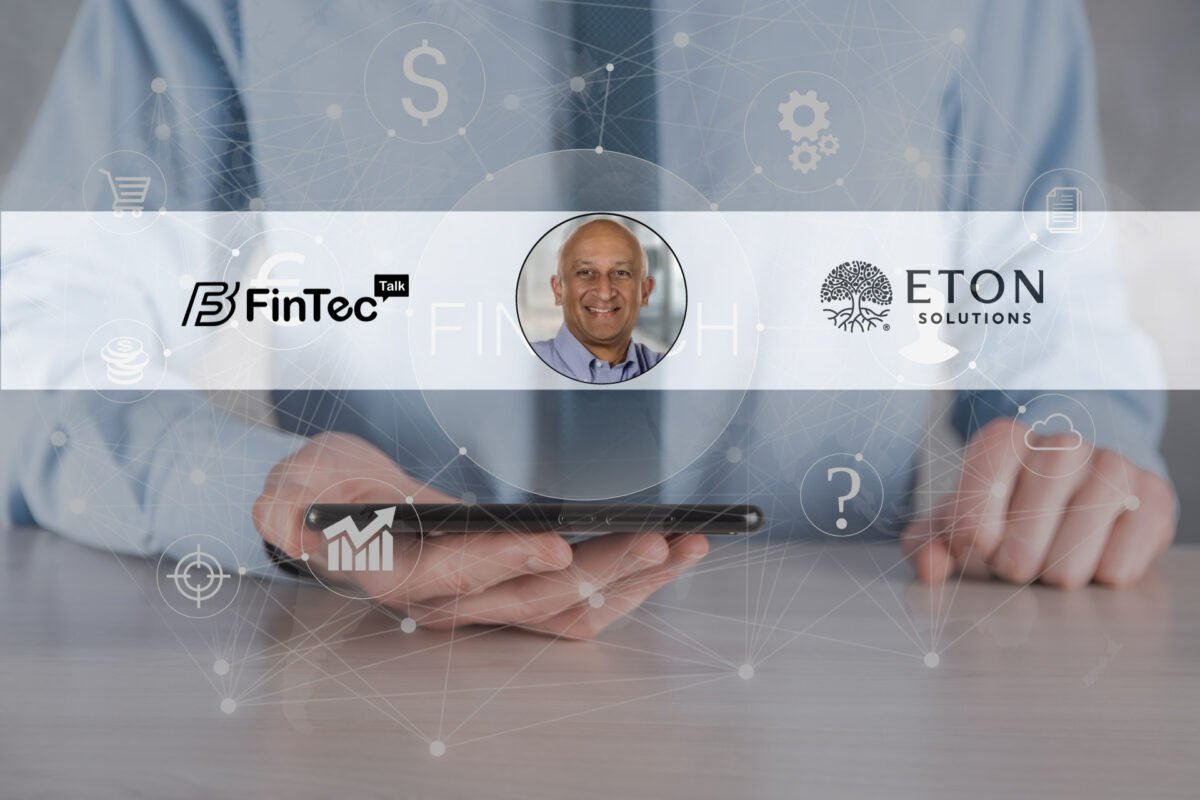How financial institutions are transforming fraud prevention as AI reshapes both attack surfaces and defense strategies.
Fraud losses in the U.S. already exceed billions this year. What do these numbers reveal about the evolving tactics of cybercriminals targeting banks and credit unions?
These numbers reveal that fraud is evolving – and fast, and the very tool fueling that evolution is generative AI. The same technology powering ChatGPT and image generators is now helping fraudsters write phishing emails, clone voices, and impersonate bank employees with terrifying precision.This isn’t a theoretical risk. It’s happening. Every day.
And banks and credit unions are squarely in fraudsters’ crosshairs. In recent months, we’ve seen a sharp rise in AI-enabled scams targeting financial institutions. In December, 2024 the FBI issued an alarming alert about deepfake schemes and AI-generated voices being used to fool family, friends, and financial institutions.
Generative AI is being used by bad actors for phishing, deepfakes, and voice cloning. How has this changed the urgency and complexity of fraud prevention?
The urgency has only increased because it’s getting harder to tell what’s real, and that’s exactly what bad actors want. In my conversations with CTOs and CIOs at banks & credit unions across the country, I hear the same concern over and over: ‘We’re seeing attack types we’ve never faced before—deepfakes, voice scams, AI-driven synthetic IDs—and we’re scrambling to keep up.’
Many of these institutions are staffed by smart, experienced professionals. But they’re under-resourced, under-staffed, and increasingly under siege.
You’ve emphasized the role of AI-powered fraud detection. What makes these platforms uniquely capable of identifying and stopping threats that traditional systems miss?
AI-powered fraud detection platforms can now analyze transaction patterns in real-time, flag anomalies, and even simulate likely attack vectors before they happen. Behavior-based models don’t just look for bad actors—they learn what “normal” look alike for a given account, user, or network. That means they’re better equipped to catch the outliers that traditional systems might miss.
Even small institutions can deploy AI through cloud-based tools. Vendors are now offering scalable, subscription-based platforms tailored for community banks and credit unions. Some even specialize in training models on local data, making them uniquely sensitive to the patterns and rhythms of smaller financial ecosystems. You don’t need a PhD in machine learning to get started—you just need the will to act.
The point isn’t to replace people. It’s to augment them. To empower your frontline staff, your compliance officers, and your fraud teams with better tools. With faster response times. With early warnings that give you a chance to act before the money disappears.
Smaller credit unions and regional banks often worry about resources. What practical steps can they take to begin adopting AI-based fraud detection effectively?
“Smaller credit unions and banks must evaluate which anti-fraud AI tools to employ. There are at least three main qualities to look for when your CTOs and CIOs are deciding which anti-fraud AI tool to deploy, including:
- AI-Native Threat Detection:
Choose vendors that don’t just tack on AI—but build their fraud prevention solutions around real-time, AI-powered behavioral analytics, anomaly detection, and synthetic media recognition to identify deepfakes, voice clones, and evolving scam patterns. - Rapid Integration & Interoperability:
Look for platforms that can be deployed quickly and integrate seamlessly with existing core banking systems, CRMs, and KYC tools. The ability to adapt fast is critical as fraud tactics evolve faster than ever. - Explainability & Human-in-the-Loop Oversight:
The best vendors provide transparent AI models with clear audit trails and human verification checkpoints—giving compliance teams insight into why a transaction was flagged and ensuring regulators stay on your side.”
Many institutions are also in the middle of modernization efforts. How should fraud prevention be integrated into broader digital transformation strategies?
Modernization efforts, including cloud migration brings new risks. Operational vulnerabilities can actually be amplified if financial institutions depend too much upon a single vendor, poorly manage supply chains or fail to properly delegate responsibilities.
That is why it is critical to choose the right tech partner. The right tech partner is not just about leveraging an outside expert’s technical capability, but about tapping their expertise in improving governance and managing risk during a complex operation.
Banks should look for these are six qualities as they scout the landscape for the appropriate partner in cloud migration:
- Knowledge of financial services
Banks should insist on a partner with deep knowledge of banking and regulatory requirements. Generic, all-purpose cloud expertise won’t cut it. The right partner will have direct experience migrating mission-critical workloads for financial institutions. - A phased approach to cloud migration
Complex information systems should not be moved in one fell swoop. Phased strategies that begin with less interdependent applications, then move on to databases and then ultimately move to core systems will reduce disruption and give teams the time they need to adapt. - An emphasis on automation
For banks already dealing with operational fragility, automation can be a safeguard against repeating the mistakes of the past. The right partner should be well-versed in Infrastructure as Code (IaC), automated testing, and continuous integration and deployment. - Airtight data migration processes
Data integrity is a must-have in the financial services industry. The right partner now only knows this, but can show you detailed playbooks for data mapping, validation, and cutover to ensure accuracy and continuity. - Clear accountability and governance
Cloud migration can change roles and responsibilities within an organization. The right partners will help banks understand shared responsibility models, offer visibility into vendor performance, and build compliance into every layer of the stack. - Future-proofing
The ideal partner won’t just address a bank’s current needs but will design for what’s next, whether that means AI integration, quantum-era security considerations, or changing and expanding regulatory frameworks.”
Looking ahead, how do you envision AI evolving as both a weapon for fraudsters and a shield for financial institutions, and where does Infinite fit into that future?
Threat actors are already testing defenses at the edges: Launching deepfake video scams on unsuspecting branch staff. Sending phishing texts that use perfectly mimicked language from internal memos. One credit union CTO I spoke with described a spoofed email so convincing, it fooled a veteran employee into initiating a wire transfer. The email wasn’t just written well. It was trained on years of past emails from the organization—scraped, compiled, and mimicked by an AI.
This is the new battlefield. The old playbook won’t cut it anymore.
But here’s the good news: Banks can fight back using the same weapon that’s being used against them. Using AI-powered detection platforms can now analyze transaction patterns in real time, flag anomalies and even simulate likey attack vectors before they happen. Behavior-based models don’t just look for bad actors—they learn what “normal” look alike for a given account, user, or network. That means they’re better equipped to catch the outliers that traditional systems might miss. At Infinite, we are offering AI-Powered Security Solutions” that are designed to help financial institutions stay ahead of evolving threats. These services are integrated into their broader cybersecurity and digital transformation offerings.
Stay Ahead of the Financial Curve with Our Latest Fintech News Updates!




